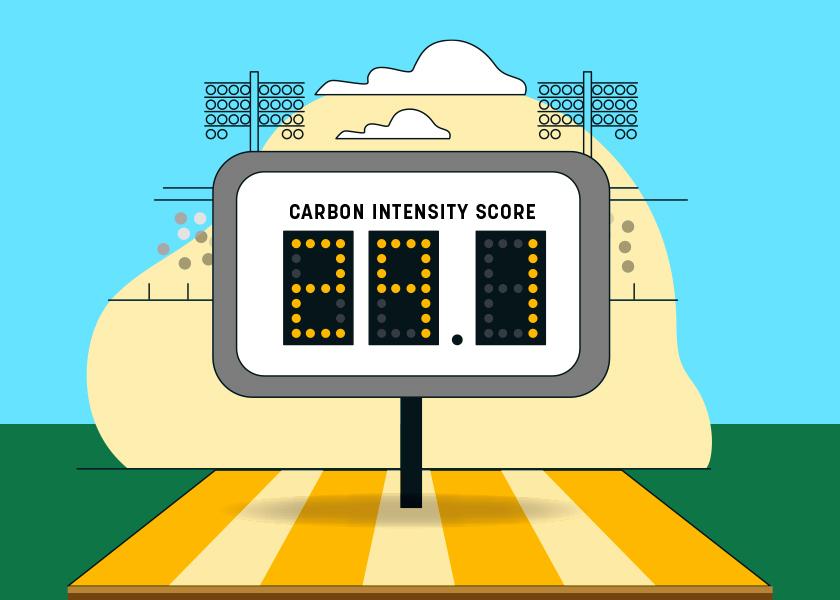Carbon Intensity Is Going To Be A Team Sport

A new game is about to start and it’s time to figure out what position you want to play.
The Inflation Reduction Act has opened a three-year window for farmers to be compensated for their agronomic practices in a new way.
The Section 45Z tax credit provides biofuel producers (ethanol, biodiesel and sustainable aviation fuel) with an incentive to produce low-emission fuels. This is setting up a new business model: farmers sell grain with the grain’s carbon data associated directly to its value. This is unlike carbon offset programs, which compensate farmers for carbon as an asset itself.
Grain will be assessed with a carbon intensity (CI) score, determined by the Department of Energy’s set of parameters.
Your Field Position
“This is based on what farmers are actually doing. If a farmer has done good practices, they are getting rewarded for it,” says Paul Neiffer, a farm CPA.
Currently, the standard CI score for corn is 29.1. The Inflation Reduction Act sets a weighted average below 25. Neiffer estimates the potential at 5.4¢ per CI point below 29.1. Corn with a CI score of zero is worth an extra $1.57 per bushel in value in tax credits. (5.4 x 29 = $1.57)
“Farmers and biofuel producers need to get aligned and start talking,” says Mitchell Hora, an Iowa farmer and founder of Continuum Ag. “This is an immense opportunity. For the first time, 45Z provides farmers and biofuel manufacturers a scoreboard with a transparent points system and a business model that rewards scoring points.”
To get their CI score, farmers are required to provide at least seven data points:
- Yield
- Fuel usage/energy usage
- Fertilizer
- Herbicide and insecticide
- Tillage
- Cover crop (yes/no)
- Manure
While, the current parameters don’t ask for planting date or planted populations, Hora says farmers should have it any way.
This Is Pregame Warm-Up
Hora spotlights how right now is the time to engage because the postharvest practices in 2023 will set the stage for the data needed for the 2024 harvest, which could be sold into 2025 and qualify for the financial incentives. Currently, Section 45Z is good for three years: Jan. 1, 2025, to Dec. 31, 2027. He is encouraging farmers and biofuels companies to be ready so they can maximize the financial opportunity.
The Internal Revenue Service has yet to announce their official regulation, which would help set the value-share structure.
“There’s a chance we don’t get the final word from the IRS until really late in the game,” Hora says. “But right now, farmers can get their baseline CI scores and take a bit of a leap of faith. I see a lot of opportunity for farmers and biofuels companies together.”
ADM and Poet have responded to requests for interviews saying the companies are evaluating opportunities for their business.







